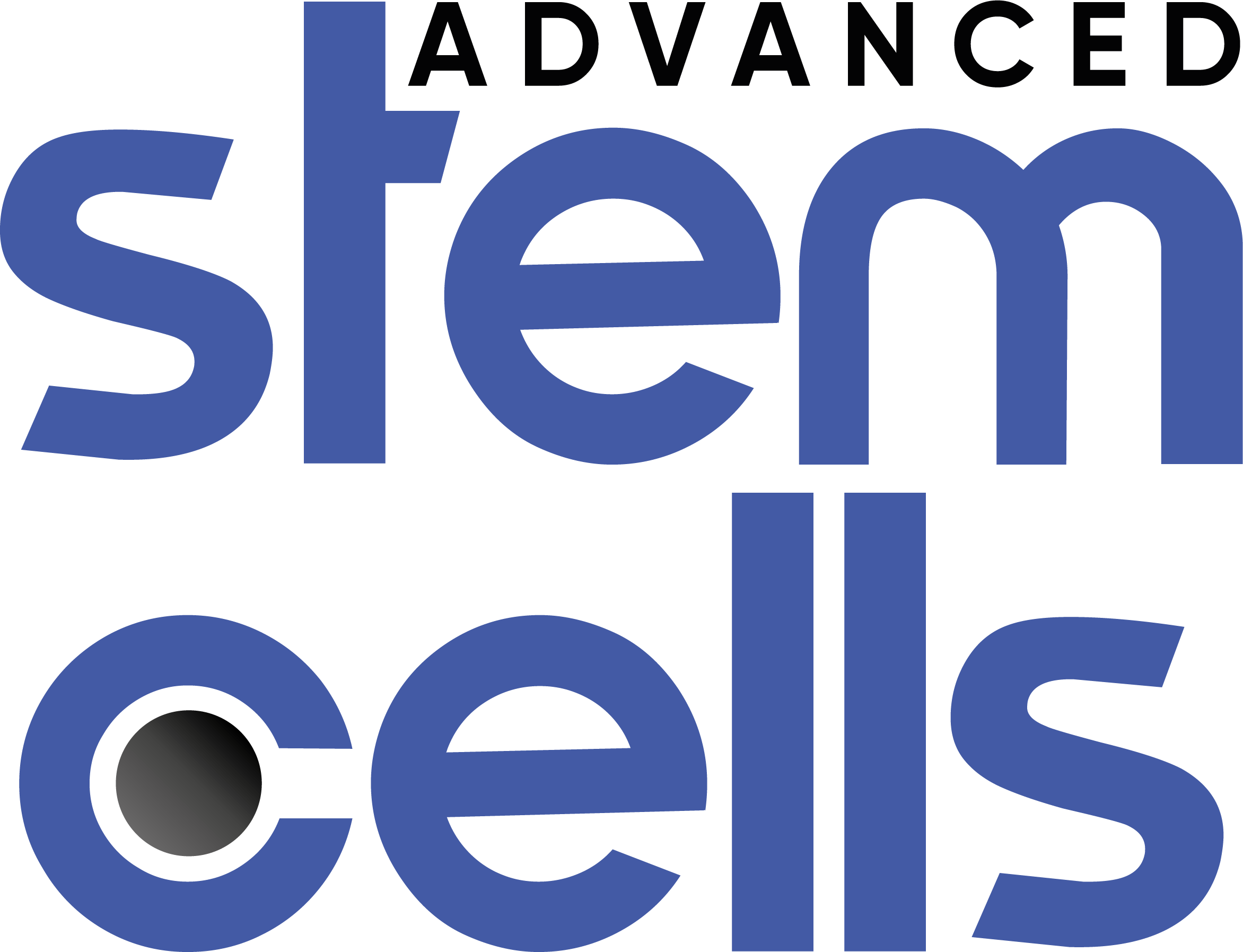FIRST TIME VISIT ADVANCE STEM CELLS ?
Is it your first time visiting Advance Stem Cells? Check out our FAQs for answers to common questions about our treatments, process, and what to expect. We’re here to guide you every step of the way!
Stem Cells
Stem cells are undifferentiated cells, meaning they have not yet developed to perform a specific function, such as muscle or skin cells. These cells have the remarkable ability to transform into various cell types within the human body. There are several types of stem cells, each offering distinct benefits based on their origin and characteristics.
Yes, stem cell treatments have demonstrated a strong safety profile. No severe adverse effects or worsening of patient conditions have been reported. Common side effects like fatigue, headache, and nausea may occur shortly after the infusion but typically resolve within the first 24 hours.
Yes, stem cell treatments have demonstrated a strong safety profile. No severe adverse effects or worsening of patient conditions have been reported. Common side effects like fatigue, headache, and nausea may occur shortly after the infusion but typically resolve within the first 24 hours.
No, mesenchymal stem cells derived from placental tissue are immunoprivileged, meaning they do not trigger a rejection response in the body. Since they are not blood-based, they do not require a matched donor, making them universally accepted. Thousands of treatments have been administered worldwide without cases of rejection or graft-versus-host disease (GVHD).
While it is possible, we do not recommend it. Using one’s own or a family member’s cells is a more costly and lengthy process with minimal additional benefit. Medically, there is no significant difference between donor tissue and autologous tissue of the same type. Furthermore, family members’ cells may carry genetic predispositions to certain diseases. We work exclusively with certified donors who meet strict specifications to ensure safety and quality. Accepting external tissue would require halting production in our laboratory to prevent cross-contamination.
We use Wharton’s jelly, which is the insulating material surrounding the blood vessels of the umbilical cord. However, our primary source of stem cells is the fetal side of the placenta.
No, our protocol ensures that stem cells are administered at a slow, controlled rate of 1 cc per minute, delivered manually by the physician. This cautious approach helps prevent clot formation or other complications. To date, no cases of clots or embolisms related to intravenous stem cell treatments have been reported.
No, our protocol uses stem cells derived from the placenta, not from umbilical cord blood. As we do not use blood derivatives, HLA compatibility is not necessary. Placental mesenchymal stem cells (MSC) possess privileged immunological properties, meaning the body does not recognize them as foreign and does not reject them. This significantly reduces the risk of rejection, and we have had no long-term adverse reactions in our patients.
No, since blood derivatives are not used in the infusion, there is no risk of developing GVHD. The stem cells we employ are immunoprivileged, meaning they lack the markers that would trigger an immune response in the body.
No, the cells we deliver are fresh, alive, and in their optimal metabolic state. We maintain them in ideal conditions to promote their growth and multiplication, harvesting them just before shipping to ensure vitality. Although we use cryopreservation techniques for quality control, the cells provided to physicians are always fresh to avoid cellular stress that can result from freezing.
We recommend applying the cells within the first 36 hours after harvesting, as they retain up to 90% viability within this period. During this time, the vial should be kept refrigerated and never frozen to ensure treatment efficacy.
Stem cells exhibit a phenomenon known as “homing,” meaning they preferentially respond to damage signals emitted by ischemic or damaged tissues. When administered intravenously, the cells travel through the bloodstream, detect these damage signals, and target the affected organ or tissue. There, they initiate the process of cellular regeneration and promote new blood vessel formation (angiogenesis), aiding in the recovery of damaged tissue.
Treatment
The treatment protocol is personalized and defined by the physician, taking into account the type and progression of the pathology. Some of the administration routes include:
- Intravenous administration
- Intra-articular administration
- Intramuscular administration
- Direct facial application
The number of stem cells applied may vary, ranging from 7 million, 14 million, 21 million, or even more, depending on the specific needs of the patient. The exact dose is determined by the treating physician and is based on various factors such as the type of pathology, the patient’s condition, weight, and age.
The primary objective of our protocol is to significantly reduce chronic inflammation over the long term. Stem cells have a unique ability to target inflamed areas in the body. Studies have shown that these cells can regenerate damaged or diseased tissues, decrease inflammation, and modulate the immune system, which translates into better health and quality of life. Depending on the patient’s initial condition, stem cell therapy can lead to symptom reduction, disease stabilization, and a significant improvement in quality of life.
Results from stem cell therapy are typically noticeable between 2 and 6 months after treatment, with a significant reduction in inflammation. However, many patients have reported improvements in their quality of life and a reduction in symptoms within the first few weeks post-treatment. Each patient is unique and may respond differently.
The duration of treatment effects varies depending on the patient’s biological factors and lifestyle. Those who maintain an active lifestyle, follow an anti-inflammatory diet, and limit alcohol, tobacco, and caffeine consumption often experience results that last for over three years, depending on their condition. On average, slight signs of regression are observed 36 months post-treatment, and it is rare for patients to return to their pre-therapy state.

